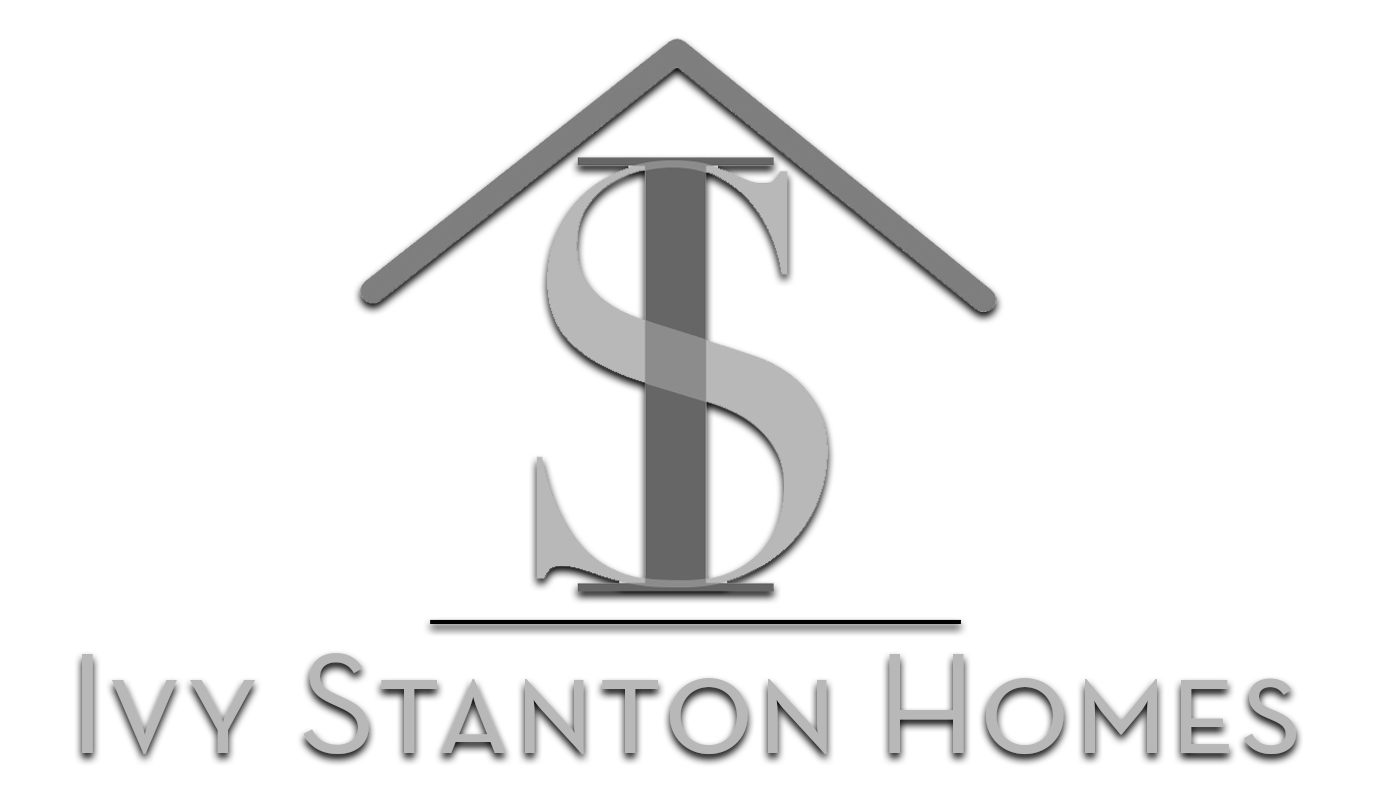The Going Up and Staying Up (Mostly) of the Austin, Georgetown Housing Prices
Photo Courtesy of Randy von Liski, November 2021
If you have lived in Austin longer than a New York Minute, you are keenly aware of Austin’s 2020s real estate story. The plot line keeps making top ten national lists. In 20-22 top three meteoric price increases. In 23-24, top three markets with protracted price consolidation (a professional way to say we are slowly drifting lower).
What Goes Up…
The median Austin home price in 2020 stood at $343,914. As of April this year, the median price sellers offered their homes was $557,000. The primary driver? The Pandemic.
The saga of my friend and client typifies the high-tech-west-coast migration narrative of 2020. In 2019 I sold Tobi’s Portland OR townhome while representing her in buying an Austin investment property. Her new Bay Area employer granted her permission to work remotely. Three months later, the CEO changed his mind. In March 2020, the company shuttered its offices in compliance with California mandates, and Tobi and Sasha, her German Shepherd, hit the road and moved to Austin. She commuted to San Jose once a month.
Multiply Tobi’s narrative by the thousands. Austin’s Chamber of Commerce reported the Austin metro was the fastest growing of the top 50 U.S. metros from 2020 to 2022, adding 121,121 people, or a 5.3% increase.
Must Come…
Currently, Austin’s housing boom appears to be winding down. “We mirrored what happened across the country: We saw a lot of demand, which drove up prices really quickly,” Kent Redding, president of the Austin Board of Realtors, told Yahoo Finance. “But that [housing boom] was outside the norm. It was a blip on the map.”
According to Realtor.com, “Housing inventory surpassed pre-pandemic levels by nearly 30% in April.” That’s ushered in a big price correction in some parts of Austin, bringing prices slightly closer to earth.
Where have prices corrected the most? The suburbs. For instance, just 15 miles north of Austin, Round Rock saw average listing prices climb to a peak of $497,000 in 2022, falling to $399,000 in February. Despite that softening, they remain above the 2020 median listing price point of $259,500.
Andrew Vallejo, an Austin agent added, I have some listings where there is “no traffic at all. And they're all priced competitively to market, so it's very much hit or miss where if you find the perfect buyer that happens to like your home, that could be great. But also, we could end up sitting for 45 or 60 days and have to have a price adjustment.”
Stephanie Douglass, also an Austin agent summarized our market by stating, “While it may not be a buyers' market on paper just because the inventory is not there yet, buyers are severely slowing down,”
What Can Buyers Do?
Allow me to provide four options for you to consider.
#1: Shop around to find the best mortgage lender. First, start by checking out these five tips from NerdWallet. Second, I recommend working with a competitive local lender who knows our market and will personally shepherd you through the entire process. I work with several with whom I can confidently recommend.
#2: Consider a variable-rate mortgage. A fixed-rate mortgage remains consistent for the duration of the loan (15-20-30 years are most common). In contrast, a variable-rate package employs a floating rate over part or all of the loan’s term. I’ll not delve into the details here but do check out this Investopedia article to get started.
#3: Check out a new loan package I read about this week in MarketWatch. It is created for first-time home buyers and people “earning at or below 80% of an area’s median income.” There are two unique facets to this program. First, it is a 0%-down-payment mortgage. Second, the lender, United Wholesale Mortgage, will give eligible buyers a second-lien loan of up to $15,000 in the form of down payment assistance. To me, this is a potential red flag. Why? The second-lien loan is what we call a “balloon payment.” Read the article carefully and should you move forward, please perform follow-up due diligence
#4: Wait. Most loan experts predict a gradual decrease in mortgage rates to the low 6% range by year-end. Why? Because of the messaging coming from the Federal Reserve which I addressed in this past blog. While waiting, whittle down your debt load and save. The larger the downpayment, the better off you will be.
In The Meantime, If You Are Buying, Keep In Mind A Few Constants
#1: Buyers are not buying the market. They are buying a house in a neighborhood where they want to live. When the right house in the right place grabs their heart, oftentimes there are creative ways to make it work. My most recent buyer exemplified this very trait. After searching long and hard, he found the “just right house.” His brother committed to renting a room which, in turn, made it possible to proceed.
#2: With rising inventories, buyers can negotiate from a position of strength – which has not been the case for the last 10 years in Austin.
#3: Consider expanding your search. In 2000, our family moved to a new city. We provided a rather broad perimeter for our Realtor. Weeks of frustration were finally alleviated when we expanded our search by 10 miles.
#4: Consider new construction in the suburbs. Some builders are still offering reasonable incentives. If this intrigues you, I have outstanding connections with builders I endorse.


